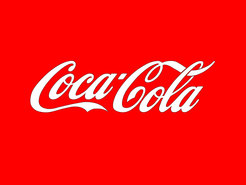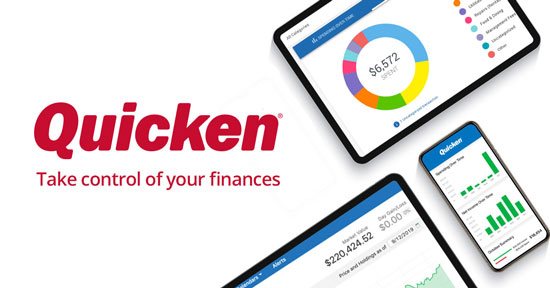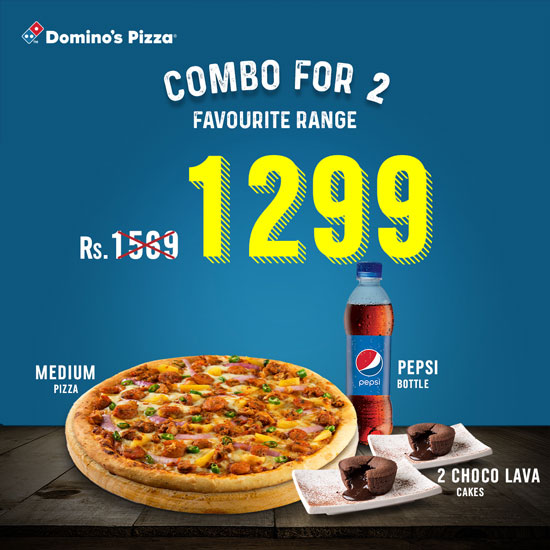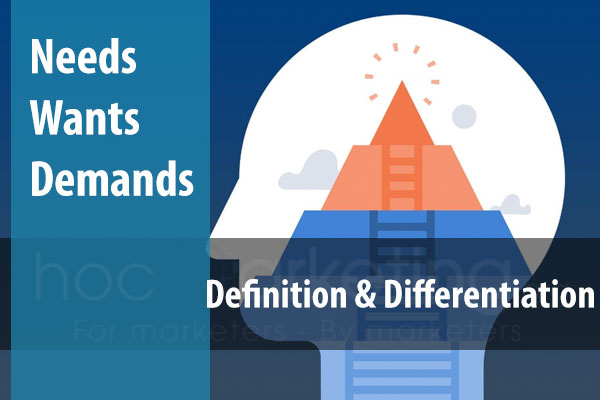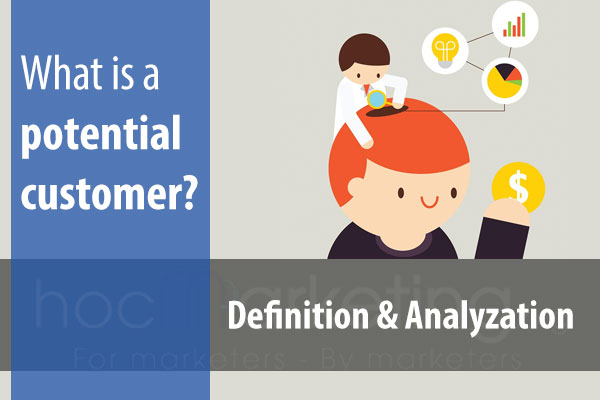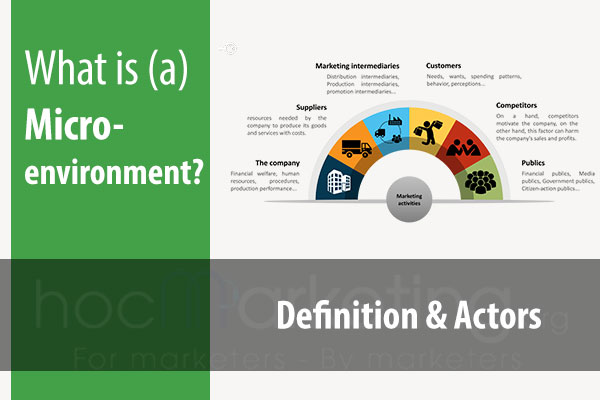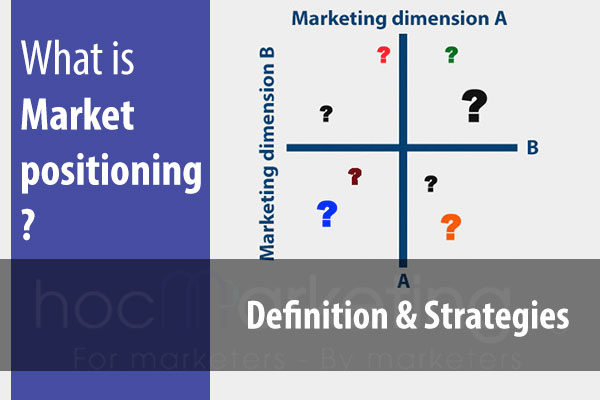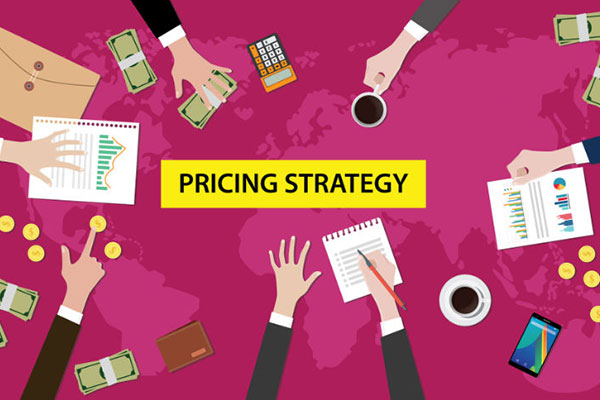
What is pricing strategy? Popular Pricing Strategies in Marketing

What is pricing strategy? Differences between Pricing Strategy and Product Pricing method. Explanation of Popular pricing strategies in Marketing. Steps to implement each pricing strategy.
What is Pricing Strategy?
Pricing strategy is a strategy or tactic that outlines the price directions of a product/service to help businesses or individual stores achieve one or more marketing goals (increasing market share, sales, maximizing multi-profit...) mainly through the application of a reasonable price for a product/service at a specified time.
Differences between Pricing Strategy and Product Pricing method
It is necessary to clearly distinguish the concept of pricing strategy and pricing method in Marketing because both concepts are similar in applying a price to a product/service, which is easy to confuse if not clearly defined. Hocmarketing has a separate article that clearly explains the pricing method, please refer to it.
| Pricing Strategy | Product Pricing Method |
|
- Outline the direction of the price in a specified period for the business to achieve its marketing goals - Examples skimming pricing strategy, market penetration pricing strategy... |
- A method to help businesses determine the specific price of a product. - Examples: Mark-up Pricing, Break-even Point Pricing... |
Pricing Strategies in Marketing
There are countless marketing pricing strategies that already exist in the business community. It will be very subjective and one-sided if specifying an exact number of that number of pricing strategies, because each pricing strategy is applied and deployed by businesses in different ways, as well as different pricing strategies. applied by only a few enterprises, it is difficult to include in statistics. In this article, hocmarketing.org offers a total of 10 pricing strategies that are widely adopted in the business community.
A. New product pricing strategies
1. Market-Skimming Pricing Strategy
The general principle of skimming pricing strategy is that at the time the product is launched into the market, the business will set the highest possible price to maximize the profit from the customer segment willing to pay. money to get that product.
The essence of the skimming price strategy is true to its name, "skimming milk", the strategy is aimed at a small audience of customers, although the quantity sold is small, the profit earned is extremely large.
This strategy is often applied to products in the technology field, with short life cycles, and manufacturing enterprises are researchers, developers, and people who apply new technologies to life.
Typical example: Apple's iPhone product line.
Every year, we are all eagerly waiting for the Apple event to launch new products, and most recently the Iphone 12. No need to go through any advertising campaigns, just media to put PR articles about the product, Most of us are also somewhat aware of the design changes and new features included in this phone, as well as its price. However, in this article hocmarketing.org will not choose Iphone 12 as the object for analysis.
Back in June 2007, when Steve Jobs held the first Iphone in the product launch event. The technology world was stunned when Steve Jobs was holding a phone with only a touch screen, a home key on the front, power and volume up and down keys on the side. There aren't any physical number keys or qwerty keys. All are replaced by touch screen operations. This is considered a great revolution in the smartphone industry. The list price of each iPhone at that time was $599. This is an uncomfortable price at the moment, far beyond the "flagships" of famous smartphone brands such as Nokia, Blackberries, Motola... However, there are still a large number of them. Consumers accept to pay this price to own this phone, despite praise and criticism from competitors. In this way, Apple has made a sizable profit. Of course, after a while, the price of this product begins to decrease gradually according to the development of the technological environment until it is withdrawn from the market. After that success, the next generation Iphone lines when launched also applied the same pricing strategy.
2. Market-penetration Pricing
The principle of market penetration pricing strategy is completely opposite to the principle of skimming pricing strategy mentioned above. Businesses apply the lowest possible price when launching a new product with the goal of capturing as much market share as possible.
Enterprises are willing to bear a loss during this time to achieve the target of market share, then gradually bring the product price back to the level that can help the business make a profit.
This strategy is suitable for products belonging to the general consumer group such as food, washing powder, shampoo, shower gel, etc., which have a relatively long product life cycle, and market demand always tends to grow.
Typical example: CocaCola beverage product
CocaCola is one of the leading beverage manufacturers in the world, with products available in every country except Cuba and North Korea. According to statistics from statista.com, the Coca-Cola brand value is estimated to reach $84 billion in August 2020.
Back to the time February 1994 marked the milestone CocaCola returned to Vietnam and started a long business process, since CocaCola was first introduced in Vietnam in 1960. At this time Pepsi came first and dominate the beverage market. At that time, CocaCola did not set a profit goal, but a market share goal, by lowering its selling price very low to introduce its "taste" to its target customers, mainly through vehicles. push by street vendors. In a number of scientific studies, the price of a bottle of Coca-Cola at that time was 2,000, while the price of a bottle of Pepsi was 5,000 in cafes and 9,000 in restaurants.
B. Pricing mix pricing strategies
1. Product line pricing strategy
To give customers more choice, some businesses have customized an original product/service into multiple versions, often ranked from the lowest-value version to the highest-value version. . In this case, all versions are collectively referred to as the product line. Based on the increasing value of products/services, enterprises will also set corresponding increasing prices.
Typical example: Quicken - A provider of financial management software for businesses
Quicken offers the software in different versions, with an increasing number of functions and features and support services, including Starter, Deluxe, Premier, Home & Business, Rental Property Manager, at corresponding prices. are $29.99, $64.99, $94.99, $104.99 and $154.99.
Other examples:
- Internet connection packages of different carriers have different speeds with a different price.
- Service packages at barbershops have prices from low to high, corresponding to the number of steps performed in the service process.
- The iPhone 11 series launched in the market includes different capacity versions (64GB, 128GB, 256GB) with different prices.
2. Optional-product pricing strategy
Optional pricing strategies target additional but optional (yes, yes, no) by-products, at a lower price when a customer buys a major product. This strategy aims to increase the competitiveness of the main product, as well as promote the liquidation of inventory for optional by-products.
Examples:
A customer enters an electronics store to buy a laptop. After deciding to buy a laptop, the store's staff introduced customers to buy a backpack that comes with only 50% of the normal price.
When customers go to stores to buy phones, staff will sometimes suggest customers to buy accompanying accessories including charging cables, chargers, and headphones at a lower price than usual.
3. Captive product pricing strategy
The main product - secondary product pricing strategy applies to cases where the accompanying by-products but must be used together with the main product in order to promote its use.
4. Product bundle pricing
Some businesses, retail stores, service shops can combine products/services together to sell in combos (packages), with prices lower than the total listed prices of the products.
Examples
|
Domino's Pizaa Combo |
Sony PS5 bundle |
C. Adjustment pricing strategies
1. Psychological pricing strategy
There are many reasons why businesses set prices for their products/services higher than the prices of similar products from competitors. One of the reasons is the strategy to hit the customer's psychology, not because of the value of the product/service.
For example: Suppose you are in need of hiring a lawyer, and are referred to two lawyers with different service rates of $50/hour and $200/hour. While you probably won't make a choice right away, most of our first impressions are that choosing a lawyer with a higher price tag is better.
2. Segmented pricing strategy
Although the same product/service, some businesses or stores offer different prices to many different customers.
Examples
- Bus companies, some cinemas, and amusement parks apply lower prices to students.
- Some airlines apply preferential rates to high-ranking members, or teachers, employees.
3. Promotional pricing
There are many businesses and stores offering strong discounts on certain items for a short period of time on a certain occasion (events, holidays, Tet...) to boost sales. These sale times are often referred to as "flash sales".
Examples:
- Businesses, fashion stores have strong discounts on Black Friday
4. Credit-term pricing
The trend of installment payment, post-payment is gradually popular in today's society. Many businesses and stores apply installment and post-payment for customers when they want to buy an item but cannot afford it or simply delay their payment time.
Examples:
|
Discount with credit cards |
Credit shopping by Afterbay |
How to choose the appropriate pricing strategy to apply to the product?
The choice of the appropriate pricing strategy will depend on a lot of factors including both subjective and objective. However, in most cases, businesses need to clearly identify the following factors:
- Marketing goals of the business for the product: Expand more markets or maximize profits, or balance between the two goals?
- Financial ability of target customers: What is the maximum and minimum ability of target customers to pay?
- Financial capacity of the business itself: How long can the business bear the loss? Are investors and shareholders willing to pour more capital into the business?
Stage in the product life cycle: What stage is your product currently in (penetration, growth, maturity, or decline)? - Product positioning: Where does the business position its products compared to competitors?
Level of competition: How many competitors are there in the market offering similar products that satisfy the needs of the same target customers as you?
After clarifying the above issues, enterprises must have 70% of the ability to choose the right pricing strategy for their products. The remaining 30% will depend on other factors such as changes in the macro environment (natural, political, social, cultural, technological, demographic environment).
The world of Marketing is very diverse in width and depth, always fluctuating, constantly changing every day. Therefore, marketers need to grasp the changing situation and trends in the business environment to be able to choose appropriate pricing strategies.

